Global Electric Massager Market - Comprehensive Data-Driven Market Analysis & Strategic Outlook
The global electric massager market has grown from a niche wellness concept into one of the most dynamic sectors in the personal care and healthcare industry. Its story began in the early twentieth century when mechanical massage devices were first introduced to mimic human touch and relieve muscle fatigue. Initially, these inventions were bulky, limited to clinical settings, and designed primarily for therapeutic use by medical practitioners. With industrial design progressing, the needs shifted from hospital-grade equipment to small, user-friendly products to make home application feasible for the very first time.
- Global electric massager market valued at around USD 5436.2 million in 2025, expanding with a CAGR of around 6.6% during 2032, with the prospect of reaching beyond USD 8506.8 million.
- Back and Body Massagers have a market share of close to 44.3%, spearheading innovation and growing applications through rigorous research.
- Major growth drivers: Growing awareness of stress management and self-care regimes, Growing demand for home wellness and relaxation solutionˀ
- Opportunities are: Growth in smartphone-enabled and portable Electric Massagers
- Major insight: The market is poised to grow in value exponentially over the decade, reflecting powerful growth opportunities.
- The late 1970s saw a significant shift as electronic engineering developed to enable manufacturers to produce hand-held and plug-in massagers with variable intensity.
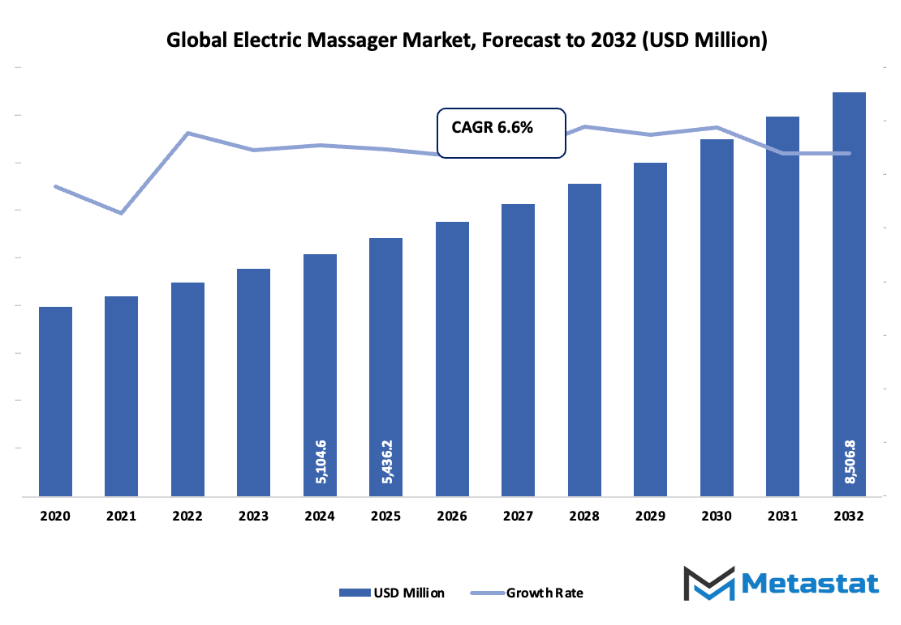
In this era, there was an upsurge in awareness of physical well-being, prompting consumers to look for affordable means of relaxation and recovery. Japanese and American firms' entry by the 1990s transformed quality norms, integrating ergonomic design with precision technology. The advent of battery-operated products released consumers from the confines of cords and enhanced mobility, paving the way for the mass-market growth that was to ensue in the new millennium. As digital innovation came to the fore in the 2000s, the worldwide Electric Massager industry underwent another revolution. Products started integrating heat therapy, vibration control, and eventually, smart connectivity functions that synchronized with mobile apps. Expections from consumers shifted beyond comfort to personalization products now had to respond to lifestyle, posture, and even sports performance. Such consumer-driven needs prompted brands to pump dollars into research and sensory design, bringing together aesthetics and sophisticated motor technology. In the last few years, altered work culture, lifestyle, and self-care culture have impacted buying behavior.
Consumers are now seeking therapeutic effectiveness without clinical treatment and thereby demand products that combine science with everyday convenience. Regulatory requirements too have tightened for guaranteeing safety and medical legitimacy, driving manufacturers to harmonize innovation with compliance. With ongoing technological advancement, the world Electric Massager market will shift toward intelligent automation and eco-friendly materials, changing the way individuals take relaxation, recovery, and well-being in the coming years.
Market Segments
The global electric massager market is mainly classified based on Product Type, End User, Distribution Channel.
By Product Type is further segmented into:
- Back and Body Massagers: Back and body massagers are formulated to give deep muscle relaxation and pain relief. They are commonly used to relieve tension in the back and increase blood circulation. The growing number of working professionals with back pain has increased the demand for such products. Portable and ergonomic types are now in greater demand because of their convenience.
- Leg and Foot Massagers: Leg and foot massagers are favoured by users trying to get relief from tiredness and circulatory disorders. They relieve swelling and ease aching muscles after prolonged periods of standing or walking. The addition of heat and vibration has enhanced their performance. Increasing awareness of health has further facilitated gradual acceptance of leg and foot massagers.
- Neck and Shoulder Massagers: Neck and shoulder massagers relieve stiffness and pain due to excessive working hours or bad posture. These are being extensively used in homes and offices for instant relaxation. Portable designs and variable intensity have also made them more user-friendly. The increasing number of working professionals using computers for hours on end keeps fueling demand for these items.
- Head Massagers: Head massagers are increasingly the popular choice for stress relief and relaxation. They ensure enhanced blood circulation to the scalp and can assist in the quality of sleep. Lightweight and easy-to-use models have also made them popular among a vast majority. The increased interest in self-care and wellness habits aids their demand continuously.
- Other forms of Electric Massagers are handheld, full-body, and multifunctional massagers. These are suited to different tastes and have a combination of features like heat, vibration, and kneading modes. Ongoing product development and pricing make the market grow larger. The existence of several varieties ensures that various consumer needs are met.
By End User the market is divided into:
- Residential: The home segment commands a huge share based on increased self-awareness of self-care and wellness. Electric Massagers are today an integral feature in most homes for routine relaxation. Convenience, portability, and affordability lead to them being marketable for home usage. Increased stress levels due to contemporary lifestyles further sustain demand in the market.
- The commercial category consists of spas, wellness centers, and therapy clinics. These companies employ Electric Massagers to improve service levels and client satisfaction. Dependable and long-lasting equipment is the preferred choice for constant use. The consistent growth in wellness tourism and professional massage services supports growth in this category.
By Distribution Channel the market is further divided into:
- Hypermarkets and Supermarkets: Hypermarkets and supermarkets remain key distribution points for Electric Massagers. Consumers prefer purchasing from physical stores where products can be tested before buying. These outlets often offer promotional deals and discounts, attracting more customers. Easy availability and immediate product access strengthen sales through this channel.
- Specialty Stores: Specialty stores provide a focused shopping experience with expert guidance. Trained staff help customers select the right product for specific needs. High-quality and premium models are often available in these stores. Personalized service and after-sales support make them a trusted choice among buyers.
- Online Sales Channel: Online sales channels have become a major growth driver for the global electric massager market. Consumers benefit from convenience, wide product selection, and easy comparison of prices. E-commerce platforms offer customer reviews that help guide purchasing decisions. The rise of digital payment options also supports increased online sales.
- Others: Other distribution channels include direct sales, catalog stores, and local distributors. These options cater to customers preferring in-person consultations or bulk orders. Regional distributors help expand product reach in developing markets. Steady product availability across these outlets supports overall market growth.
|
Forecast Period |
2025-2032 |
|
Market Size in 2025 |
$5436.2 Million |
|
Market Size by 2032 |
$8506.8 Million |
|
Growth Rate from 2025 to 2032 |
6.6% |
|
Base Year |
2024 |
|
Regions Covered |
North America, Europe, Asia-Pacific, South America, Middle East & Africa |
By Region:
- Based on geography, the global electric massager market is divided into North America, Europe, Asia-Pacific, South America, and the Middle East & Africa.
- North America is further divided into the U.S., Canada, and Mexico, whereas Europe consists of the UK, Germany, France, Italy, and the Rest of Europe.
- Asia-Pacific is segmented into India, China, Japan, South Korea, and the Rest of Asia-Pacific.
- The South America region includes Brazil, Argentina, and the Rest of South America, while the Middle East & Africa is categorized into GCC Countries, Egypt, South Africa, and the Rest of the Middle East & Africa.
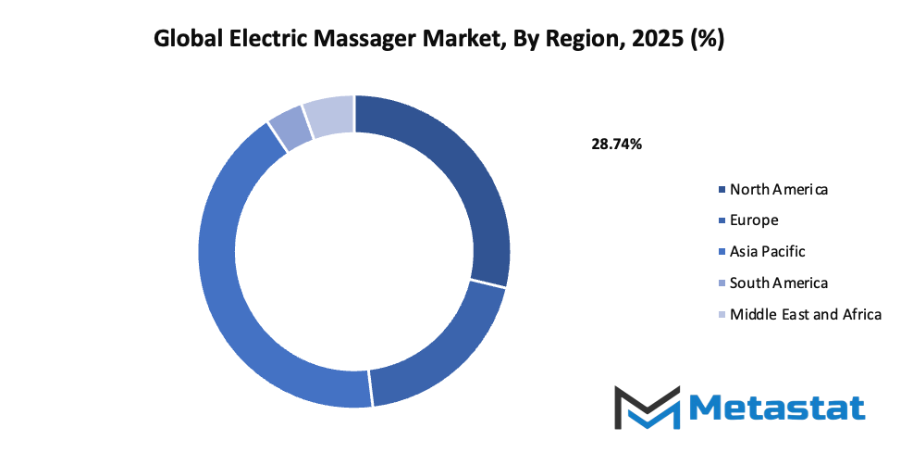
Growth Drivers
- Increasing awareness of stress management and self-care routines: The global electric massager market is gaining attention as more people understand the importance of managing stress and maintaining overall well-being. Stress has become a common issue due to modern lifestyles, leading individuals to seek effective relaxation methods. Electric Massagers offer a convenient and accessible way to ease tension and improve circulation, supporting both physical and mental health. The growing focus on self-care has encouraged people to invest in such products as part of daily wellness practices, which continues to strengthen the market’s expansion across different regions.
- Rising demand for home-based wellness and relaxation devices: The preference for at-home wellness solutions has fueled the growth of the global electric massager market. Consumers are increasingly turning to Electric Massagers to enjoy spa-like comfort without leaving their homes. The convenience of using these devices anytime, combined with advancements in technology that enhance comfort and performance, has made them a popular choice. This trend has been further supported by busy work routines and limited time for professional therapy sessions. The rise of remote work and awareness of self-care has made home-based relaxation devices an essential part of modern living, pushing market growth even further.
Challenges and Opportunities
- High cost of advanced Electric Massagers with multiple features: One major challenge in the global electric massager market is the high price of devices that come with advanced features. Many premium models include heating options, multiple massage modes, and smart controls, which raise production costs. As a result, these products often become less accessible to budget-conscious consumers. The high cost can slow down market expansion, especially in developing areas where affordability is a key factor. Manufacturers are now working toward balancing innovation and pricing to reach a wider customer base without reducing quality or performance.
- Concerns regarding device safety and overuse-related discomfort: Safety concerns continue to affect the reputation and adoption of Electric Massagers. Improper or prolonged use may lead to muscle strain or discomfort, which can discourage regular use. Some users also worry about the reliability of devices, particularly low-cost options that may not meet safety standards. Such issues highlight the importance of clear user instructions and improved product testing. Addressing these safety concerns through better design and awareness campaigns can help build consumer trust and promote steady growth in the global electric massager market.
Opportunities
- Growth in smart and portable Electric Massagers with app connectivity: Technological innovation is creating new opportunities in the global electric massager market, especially with the development of smart and portable models. App-connected devices allow users to customize massage settings, track usage, and receive wellness tips, making them more interactive and user-friendly. Compact designs also make it easier for consumers to use these massagers anywhere, enhancing convenience and accessibility. The combination of technology and portability is expected to attract tech-savvy consumers seeking modern wellness solutions. This ongoing innovation is likely to open new pathways for expansion in the market, improving user experience and overall satisfaction.
Competitive Landscape & Strategic Insights
The global electric massager market is in a robust upward growth trend, fueled by rising consumer interest in home-based wellness products, technological advancements, and expanding consumer perception about muscle-relief and stress-management solutions.
Driving at the center of this expansion are a number of key drivers. A chief one is the increase in sedentary lifestyles, more hours of desk work and screen time, which contribute to muscle fatigue, tension and overall discomfort. This increased demand for easy, effective relief is drawing many towards electric massagers instead of having to depend entirely on professional therapy. A second driver is increased interest in wellness and self-care: as individuals are more inclined to spend money on devices that promote physical comfort and recovery in the home, the market increases. Further driving forces derive from developments in massage technology such as handheld percussion or vibration devices, wearable or focused devices, and incorporation of features such as heating, various massage modes or even app connectivity.
Geographically, North America has been a leading region in the global electric massager market during the past few years with the support of high disposable incomes, high adoption of wellness devices, and robust retail and online distribution channels. The Asia-Pacific region holds great potential for the future with rising consciousness about wellness and fitness among the youth in nations such as India, China and Southeast Asia, and expanding retail penetration.
Looking at the competition, most of the major players of the global global electric massager market are household names. Some major players are Panasonic Corporation, Shenzhen Relcare Electronics, Luraco, Nureca, Medisana GmbH, Aurora Health & Beauty, HoMedics USA LLC, Wahl Clipper Corporation, Conair LLC, Therabody, Inc., Fabrication Enterprises, Inc., Infinity Massage Chairs Company, Osaki Massage Chair Inc. and Omron Corporation. These companies are actively developing new products, pursuing global reach and investing in features such as smart connectivity and user-friendly designs.
From a forward-looking perspective, one can anticipate several interesting shifts in the global electric massager market. First, devices will increasingly become smarter: expect more app-controlled massage units, voice or motion activation, enhanced AI-driven personalization that adjusts massage intensity or pattern based on user feedback or biometric data. Second, travel-sized or portable units will become increasingly significant instead of just full-body chairs, consumers will embrace travel-friendly, focused massagers for necks, feet, wrists or targeted muscle groups. Third, the merging of wellness electronics and medical/therapeutic devices will speed up. Certain massagers will remove boundaries between consumer and clinical applications, providing recovery, rehabilitation or chronic-pain management features. Fourth, distribution channels will move increasingly to e-commerce and omni-channel experiences: consumers will shop online, read reviews and purchase devices with direct-to-consumer models, subscription services (e.g., for replacement heads or accessory upgrades) can become a possibility. Finally, emerging markets will gain increasing significance: with rising incomes and health awareness in markets like South Asia, Africa and Latin America, companies will increasingly look to customize products and price points for those markets.
Market size is forecast to rise from USD 5436.2 million in 2025 to over USD 8506.8 million by 2032. Electric Massager will maintain dominance but face growing competition from emerging formats.
Overall, the global electric massager market is set for strong growth. Firms that pivot by providing new functionality, simplified design, segmented applications (e.g., travel, office, sports recovery), and affordable price-points in developing markets will likely thrive. The leaders mentioned above already possess the size and branding to spend on these innovations, but even the smaller players can discover niches as consumers seek differentiated or specialized solutions. In short, the business of electric massagers is evolving from a luxury or discretionary buy to becoming more of a mainstream household wellness product and that transition creates many avenues for expansion and innovation.
Report Coverage
This research report categorizes the global electric massager market based on various segments and regions, forecasts revenue growth, and analyzes trends in each submarket. The report analyses the key growth drivers, opportunities, and challenges influencing the global electric massager market. Recent market developments and competitive strategies such as expansion, type launch, development, partnership, merger, and acquisition have been included to draw the competitive landscape in the market. The report strategically identifies and profiles the key market players and analyses their core competencies in each sub-segment of the global electric massager market.
Electric Massager Market Key Segments:
By Product Type
- Back and Body Massagers
- Leg and Foot Massagers
- Neck and Shoulder Massagers
- Head Massagers
- Others
By End User
- Residential
- Commercial
By Distribution Channel
- Hypermarkets and Supermarkets
- Specialty Stores
- Online Sales Channel
- Others
Key Global Electric Massager Industry Players
- Panasonic Corporation
- Shenzhen Relcare Electronics
- Luraco
- Nureca
- Medisana GmbH
- Aurora Health & Beauty
- HoMedics USA LLC
- Wahl Clipper Corporation
- Conair LLC
- Therabody, Inc.
- Fabrication Enterprises, Inc.
- Infinity Massage Chairs Company
- Osaki Massage Chair Inc.
- Omron Corporation
WHAT REPORT PROVIDES
- Full in-depth analysis of the parent Industry
- Important changes in market and its dynamics
- Segmentation details of the market
- Former, on-going, and projected market analysis in terms of volume and value
- Assessment of niche industry developments
- Market share analysis
- Key strategies of major players
- Emerging segments and regional growth potential



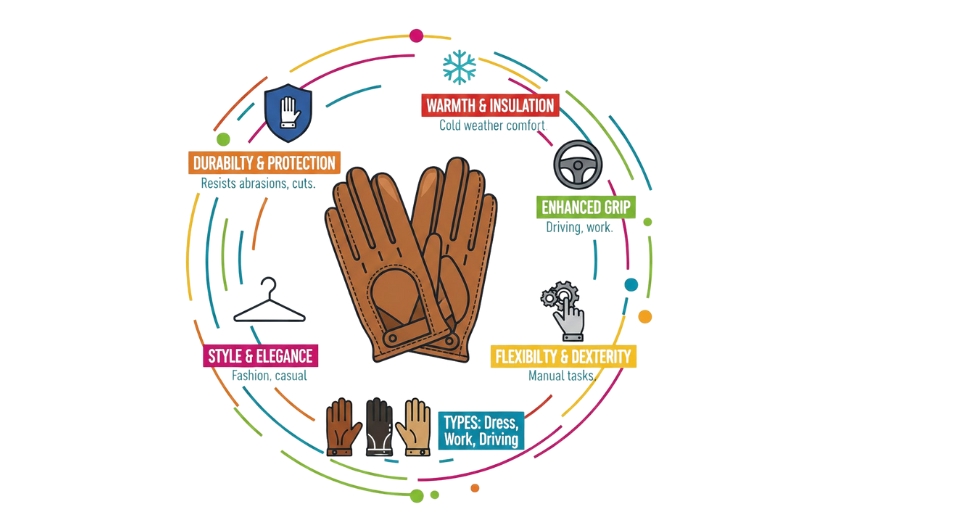
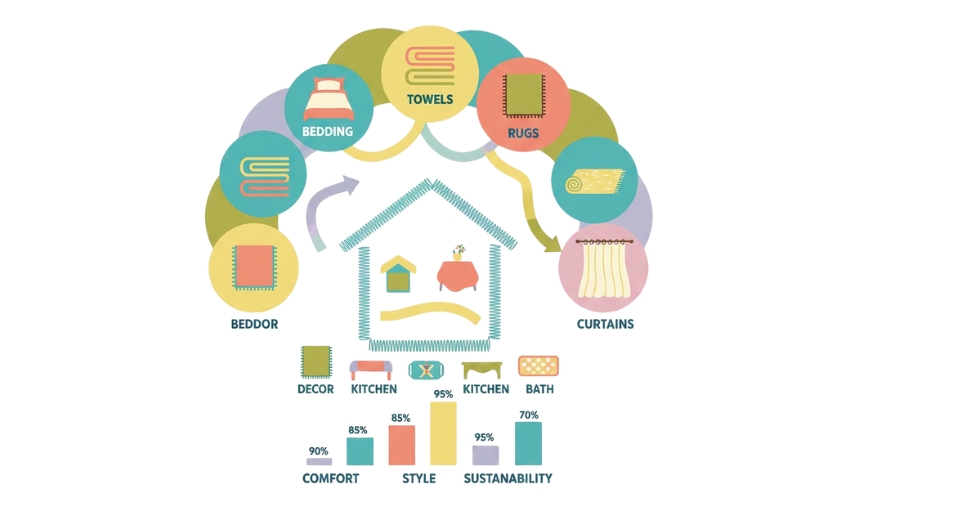
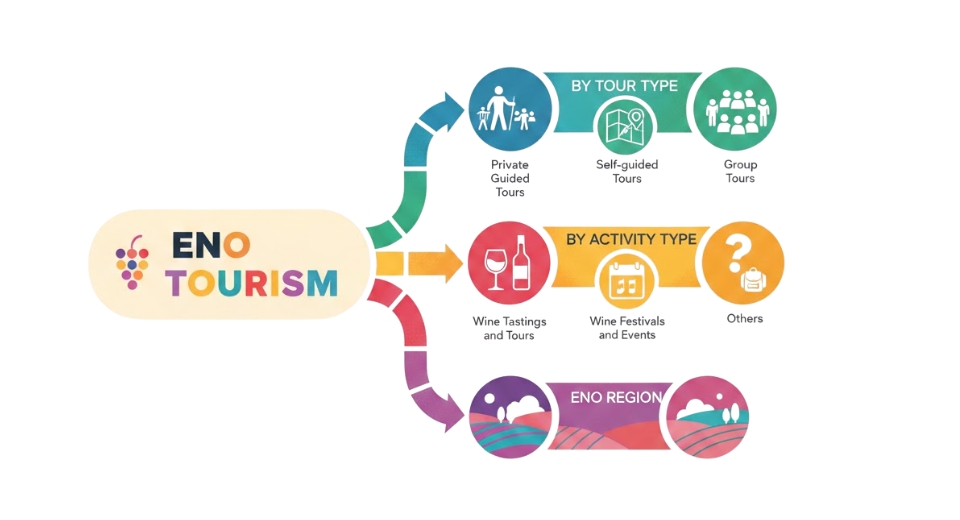
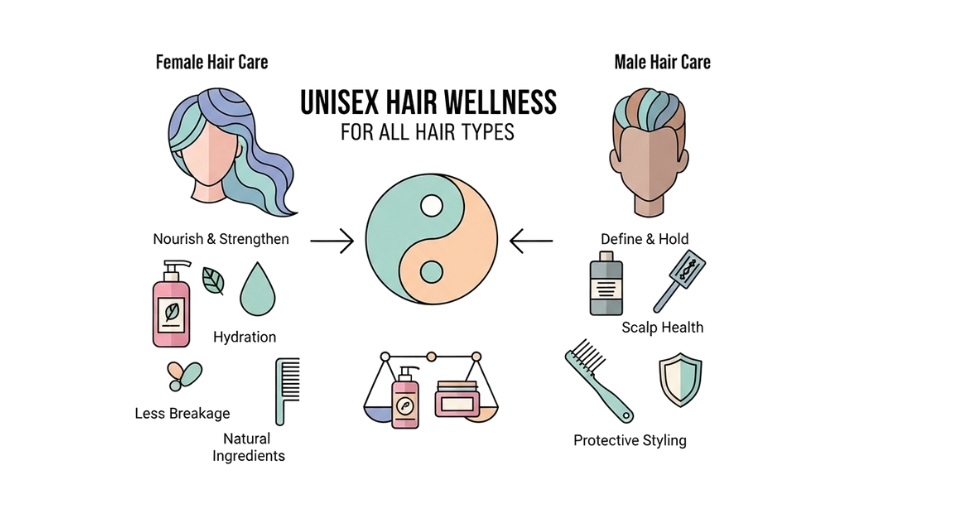

 US: +1 3023308252
US: +1 3023308252






